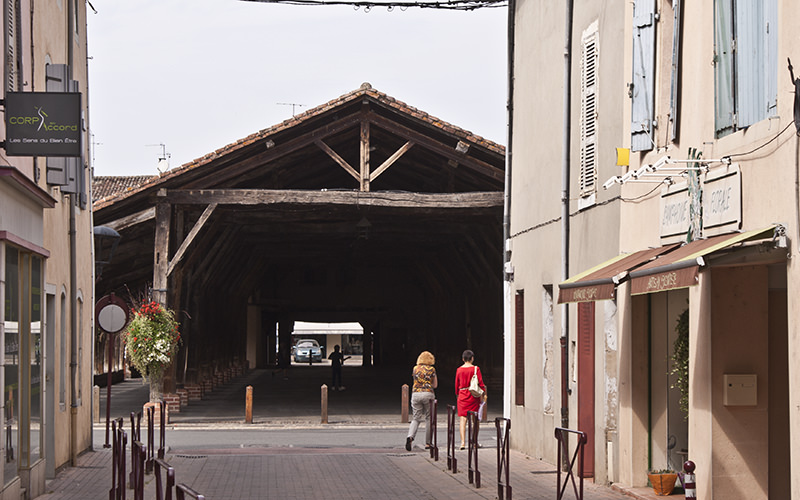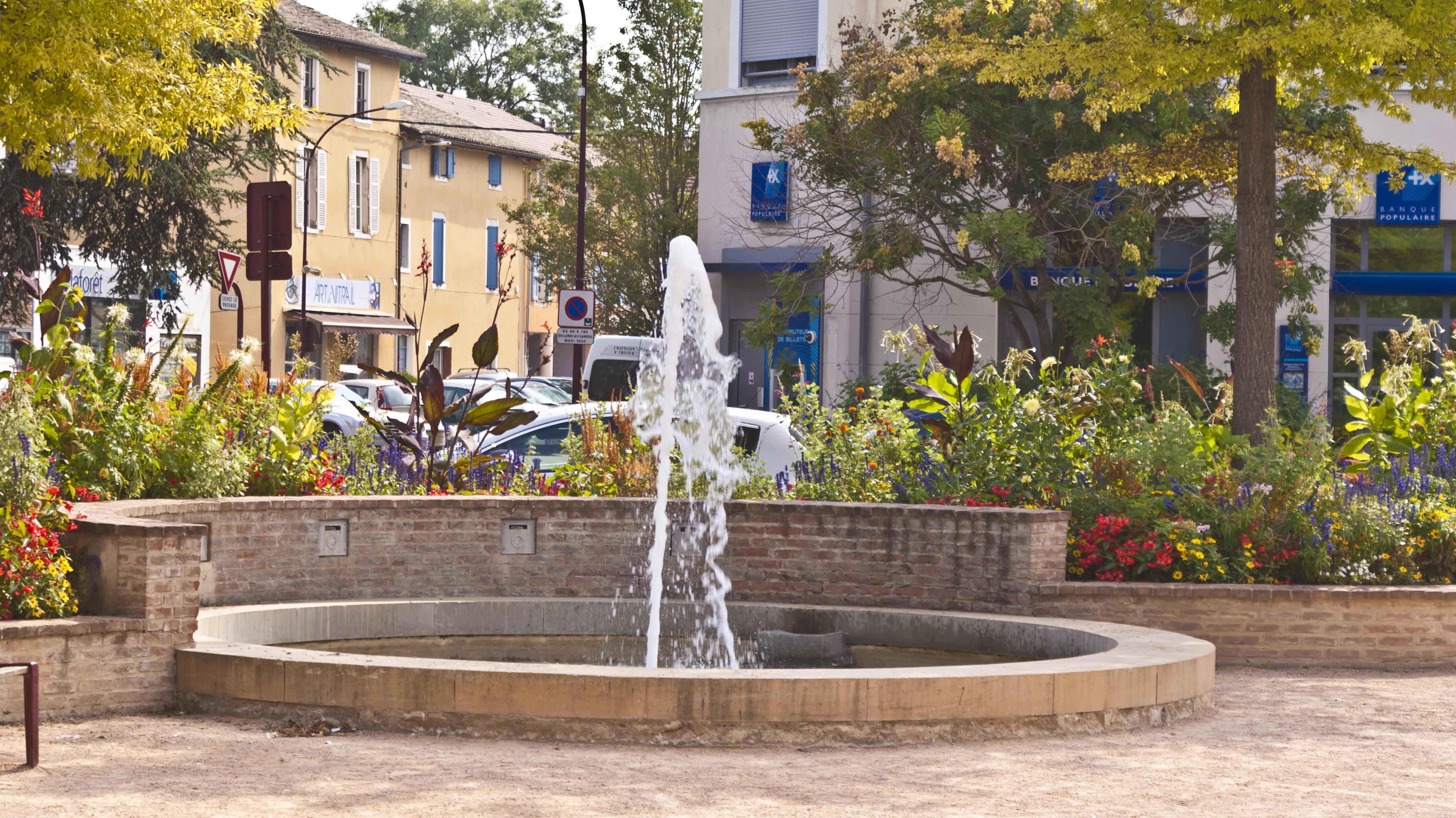

Châtillon-sur-Charlaronne
City Tours
Produced by :  © 2017
© 2017



Produced by :  © 2017
© 2017
Châtillon-sur-Charlaronne is located in the middle of the former department of L'Ain and the Dombes lake district. The medieval old town, we learned, is known for its extraordinary floral splendor and its preserved buildings.

On a first visit, we got a first impression of this spot while sitting under the old market hall from the 15th century and strolling through the narrow streets.
Châtillon-sur-Charlaronne has had an eventful history. Alternately this place was called Castellio, Castilio and until the French Revolution Châtillon-les-Dombes. That is why the cultural heritage here is so extensive and fortunately well preserved. In the year 1000 the town of Châtillon did not exist. In the 11th century feudal lords built castles and fortresses, so a castle (=château) was built between the rivers Chalaronne and Relevant, near which people settled. The first lords were called Hugues, Milo and Humbert. These lords quickly became vassals of the powerful neighbor, the Lord of Beaujeu, who owned many lands along the left bank of the Sâone. These possessions, called "Beaujolais à la part de l'Empire", later became the Principality of Dombes. Châtillon should have continued to belong to this principality, but, where love falls, the Lord of Beaujeu gave it as a dowry to his daughter Sibille when she married Renaud of Bâgé, ruler of Bresse, in 1228.

As a result, Châtillon met the same fate as Bresse and came under Savoyard rule in 1272, when the granddaughter Sibille of Beaujeu of the Counts of Savoy married Aimé IV. Already in 1273, Châtillon received a charter, which was the occasion for a rapid development of business. The town flourished during this period, so that the fortified walls, the church St André and the market halls could be built already in the 15th century.
By the Lyon Peace Treaty (1601) between France and Savoy, Châtillon, like the rest of Bresse, became French again and annexed to Burgundy. During the two decades under the French monarchy, Châtillon contributed to the development of France, despite the great fire that destroyed more than 100 houses and most of the market halls in 1670.

With the Revolution came many upheavals: the Fleurieux parish was annexed to Châtillon-les-Dombes to form the commune of "Châtillon-sur- Chalaronne". The city walls, the gate of Lyon and of Bourg and the church tower were destroyed. Nevertheless, many old buildings are still standing, such as the market halls, where the traditional market continues on Saturday mornings, the late Gothic church of St André, the gate of Villars, and many other buildings that tell of the really not boring history of this place.